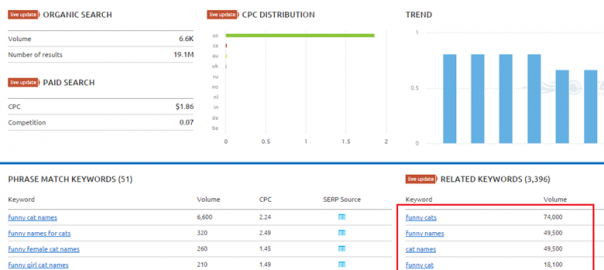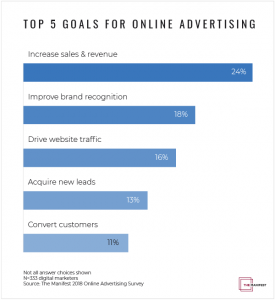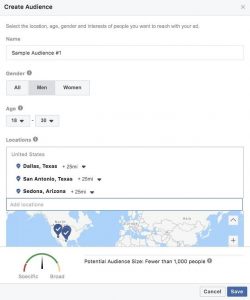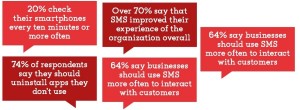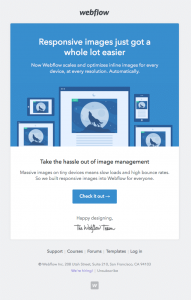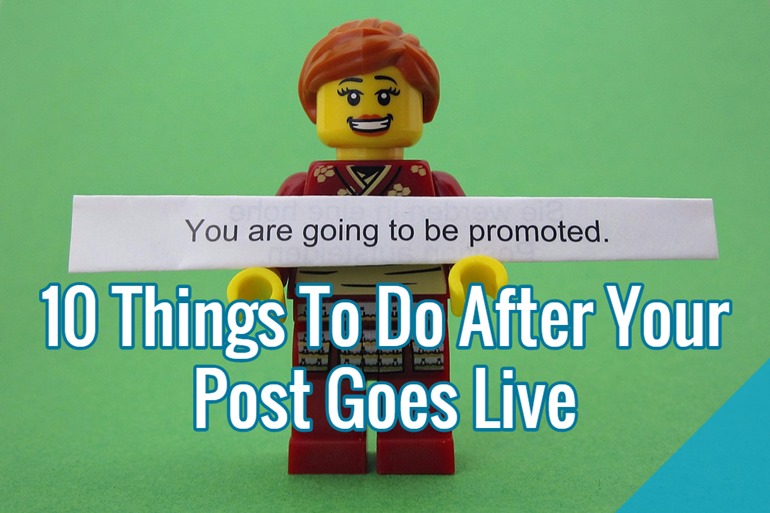
Many bloggers consider that hitting the “Publish” button is the final step of the post production. However, this is not so. After your next article goes live, you shouldn’t throw it into the flow, but guide its free swimming. In other words, you should arrange everything so that your post could attract large audience and generate conversions. I offer you a detailed checklist of what you have to do after your post gets published.
1. Share On Social Media
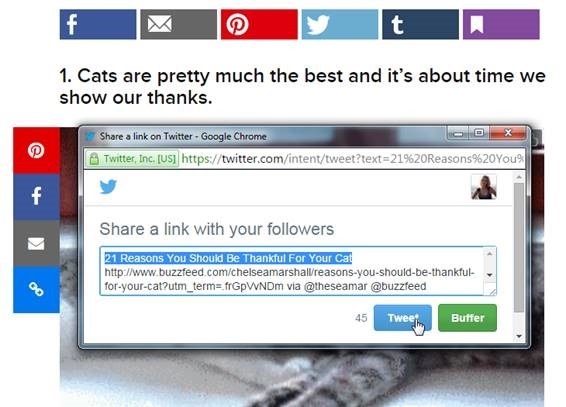
I bet you have social buttons all around your blog posts. When you published a new one, click them all to share it immediately with your subscribers. The fact is that new readers are more likely to hit social buttons if they see non-zero counters. So be the first to start social activity on your new article.
Cool trick: Go to Twitter and type the keyword of your new post in the search bar. You’ll see the latest tweets on topic. Reply to them with a link to the post. This will also boost your shares counter.
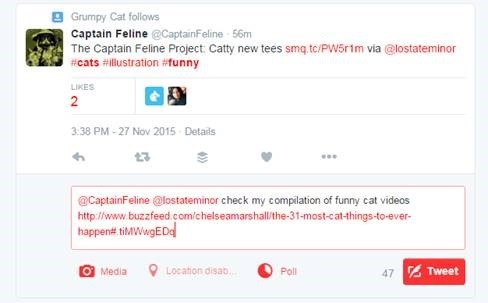
2. Do Some PR
Yes, if you didn’t know, you should be always promoting your blog posts in the same way as you promote your products or services. Make a list of relevant articles and lists in your topic-related niche and write them a friendly email.
Something like: “Hi, I just came through your great list of [list name]. I think you miss an item. Look here [your link]. This could make a nice addition to your post“.
I don’t insist on this email template. You may craft something that will work in your case.
3. Get Easy Links

Here are some good sites which allow users to self-publish content, like Medium, Tumblr, Blogspot, Myspace. Why not write a small essay based on your new post and publish it on these sites with a link to the source? You may also create a small video or make an audio podcast and upload it to audio and video sharing sites.
Important: in SEO purposes all content should be different! You shouldn’t publish the same text or description on multiple sites, because search engines will identify it as identical.
4. Feature On Homepage & Newsletter
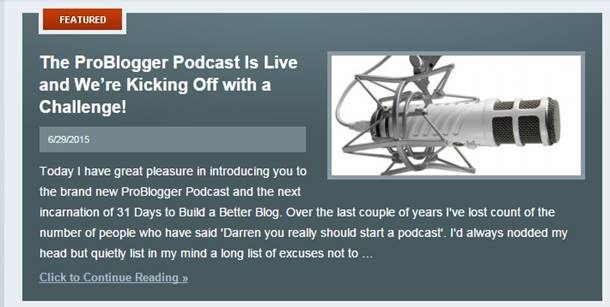
Don’t forget to include the new post into your email newsletter and feature it on the blog homepage. Thus, you get additional traffic to the post from you loyal readers who regularly check new content.
5. Ask Experts
Find a dozen of experts in your niche and ask them what they think of your new post. Here you’re killing two birds. First, you’ll receive genuine tips about the post improvement. Second, some experts may find your post worth linking and mentioning in their content.
Email template:
Hi, I adore your blog about [topic] and want to ask your expert opinion. Please look through my article
6. Process First Analytics

In a week, go to your Analytics and check out the following post metrics:
- Time on page: it would be a bad signal if users spend several seconds on the post. It means that they don’t read it or don’t find it fulfilling their goal;
- Bounce rate: if it’s high, consider revising the call-to-action (which may be different: from sharing on social media to downloading an ebook with additional tips).
- Traffic sources: analyze if the post get any organic traffic, how successful was email marketing, if the preview clicked well from the main page, etc.
- Scroll depth (special plugin required): learn if your readers read the post up to the end. If no, all call-to-actions should be placed as high as possible.
- Any other metrics you usually monitor.
7. Watch Post Positions In SERP
In a couple of weeks, check out the post organic traffic. Your Google Analytics and Webmaster Tools will easily show you what for what keywords the post is shown in search results. Compare this information with SEMRush link analysis which ranks all keywords of the page by search volume. Are the keywords are those which you aimed at? Are you satisfied with the position and volume? If yes to both questions, skip the following item.

8. Revise Keywords
In case the post doesn’t have any organic traffic, or the keywords aren’t popular, consider revising them. In the first case, look at the competitors: why their articles are shown on the first page, how many links they have, what content length is, etc. In a word, try to understand what your post is lacking in comparison to their ones. In the second case, find keywords relevant to the post which could bring you more traffic.

9. Make Experiments
Do split-testing of different headlines, featured images, post length, visual elements, call-to-actions, etc. I remember about the case when a simple headline shortening doubled time on page.
10. Update The Post
Don’t forget the post in several months. If it touches upon some time-sensitive topic, make regular alterations to the content. For example, if you wrote about most popular YouTube videos, in 2-3 months check if they are really on top. If no, substitute with new ones. The matter is that readers coming from search engines seldom pay attention to post date. And after finding a factual mistake, unsatisfied, they return to search results for more actual information. This may seriously affect your post rankings.
All in all, make at least half of the suggested steps and you’ll help your new post to find its place under the sun ;).
Hand-Picked Related Articles:
- 37 Ways To Promote Your Blog Posts
- How To Promote Your Content On Facebook
- 8 Types of Blog Posts That Earn You More Traffic and Shares
*Lead image adapted from pasukaru76
10 Things To Do After Your Post Goes Live
The post 10 Things To Do After Your Post Goes Live appeared first on Search Engine People Blog.
(55)
